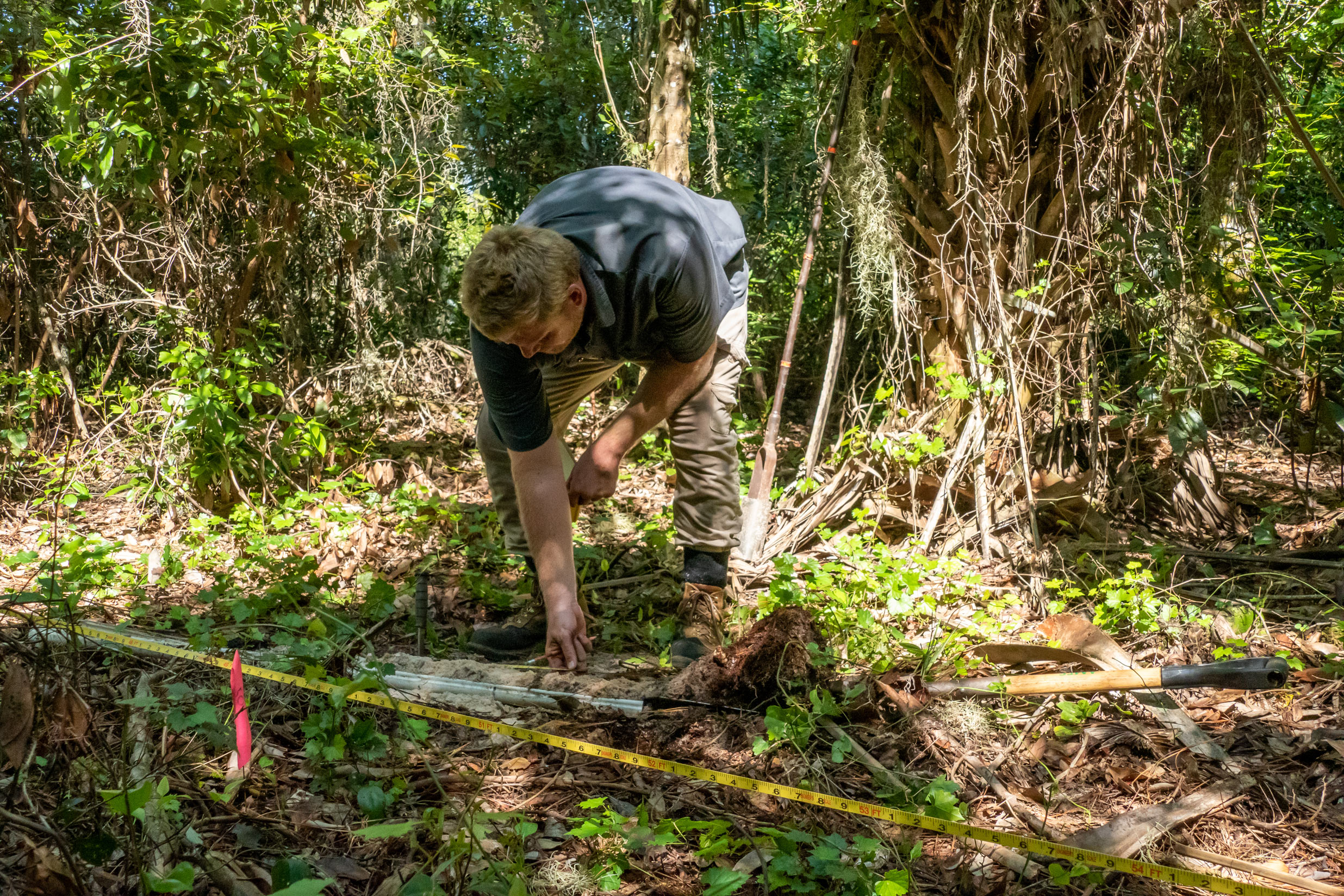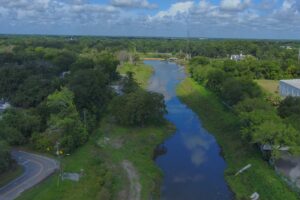Another tool to protect water resources: Minimum Flows and Levels
June 25, 2020
Florida’s water management districts use a wide variety of tools to help protect water resources, including the highly technical process to establish minimum flows and levels — or MFLs — which have far-reaching benefits for people and our waterways.
The MFLs process is part of the St. Johns River Water Management District’s core missions of water supply and natural systems and is guided by Florida law that requires MFLs be set for priority water bodies. These MFLs define the limits for a water body at which further water withdrawals would be significantly harmful to the water resources or ecology of an area.
Our staff who have a part in establishing MFLs will tell you that the work is often very challenging, but it’s also very rewarding. Since the mid-1980s, the District has set MFLs for lakes, rivers, wetlands and each of our Outstanding Florida Springs. Determining or re-evaluating an MFL is complex and it doesn’t happen overnight. Field-based environmental assessments and scientific literature are the basis for each MFL determination in a process that takes many months or years to complete to ensure accuracy.
For each MFL, the District collects and analyzes large amounts of information, including historical water levels or flow rates, water quality data, and wetland vegetation data. Sophisticated hydrologic, hydraulic and groundwater and surface water modeling is also conducted as part of the MFLs determination and assessment process.
Many factors are studied and tailored for each unique water body. These values may include the habitat needed for the many native plant and animal species within our District, as well as the many human uses of water such as navigation, recreation and aesthetics.
The cyclical rise and fall of water bodies is a natural phenomenon, with each water body needing a certain amount of water to properly function and retain its water resource values. This is important to know for our work and critical for areas such as our Regulatory Services division tasked with determining the amount of water that a public utility can withdraw without causing harm to a nearby spring or the volume of water an agricultural operation can draw from a lake without causing environmental harm to that lake.
District scientists are dedicated to the data-driven, in-depth work necessary to set MFLs and revisiting them regularly to ensure Florida’s water resources are protected from significant harm. We have more information and a helpful video on MFLs at www.sjrwmd.com/minimumflowsandlevels.






